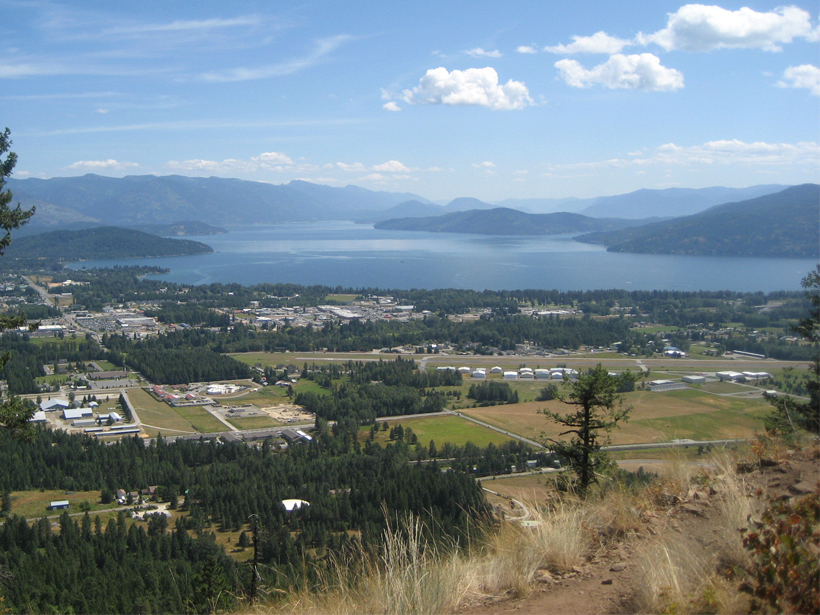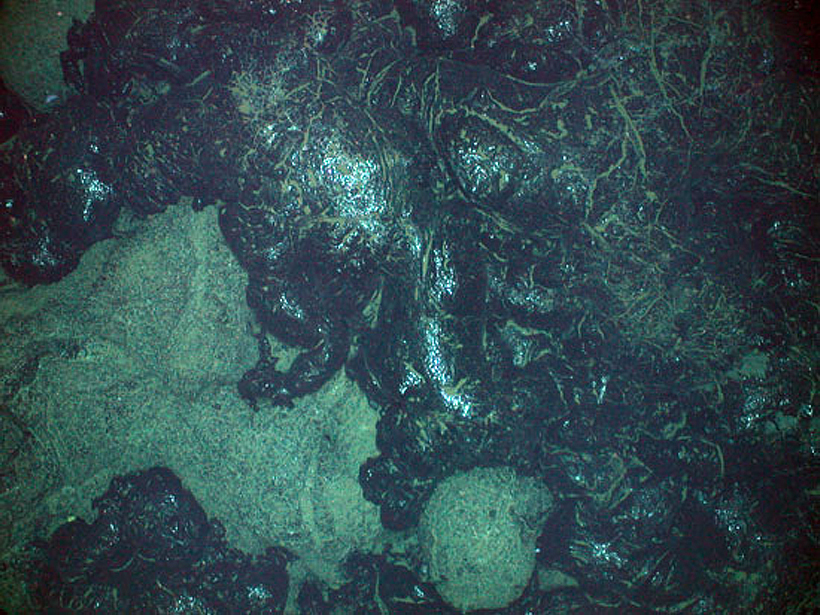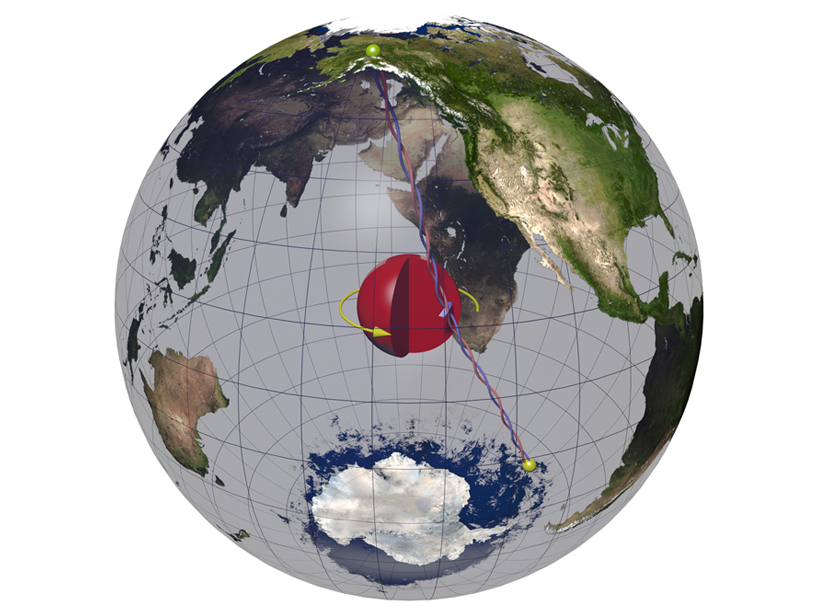On the Puzzling Features of Greenland Ice-Core Isotopic Composition; Copenhagen, Denmark, 26–28 October 2015
unsolved mysteries
Magnetic Field Pulsations and Aurora Tightly Linked
Mysterious plasma waves from space are generating displays of aurora near Earth's poles.
What Makes the Ground Suddenly Pop?
A geological feature in Michigan’s wooded Upper Peninsula has scientists scratching their heads.
Proposed Planet Nine Elicits Cheers, Yawns, Hunt for Proof
Evidence of a large, unseen planet at the solar system's margins prompted a flurry of scientific paper downloads, as well as oodles of skepticism. There's no sighting yet of the purported body.
What Caused the Sudden Heating of Uranus's Atmosphere?
A recently observed temperature reversal on Uranus may offer a clue to a long-standing mystery: Why are the upper atmospheres of gas giants so hot?
Ancient Start of Animal Evolution Wasn't Delayed by Low Oxygen
New research finds that Earth had sufficient oxygen 1.4 billion years ago for animals to evolve. Therefore, low oxygen levels probably didn't hold back evolution, as scientists have long thought.
The Backwards Earthquakes
Earthquakes in Idaho's panhandle are usually caused by the Earth's crust pulling apart. So why were earthquakes on 24 April pushing the crust together?
Earth's Climate Cycles Might Have an Eccentric Explanation
Mid-ocean ridge eruptions follow the cycles of tides and Earth's orbital eccentricity, indicating a possible role in long-term climate shifts.
The Enigmatic Core Properties of the Inner Earth
A new study explores the possibility of cubic iron alloy structure at our planet's core.
New Clues to Mysterious Hiss in Earth's Plasmasphere
An analysis of the electromagnetic "hiss" that surrounds Earth reveals it's not just static; there's a signal hidden within, which may help scientists uncover its source.










